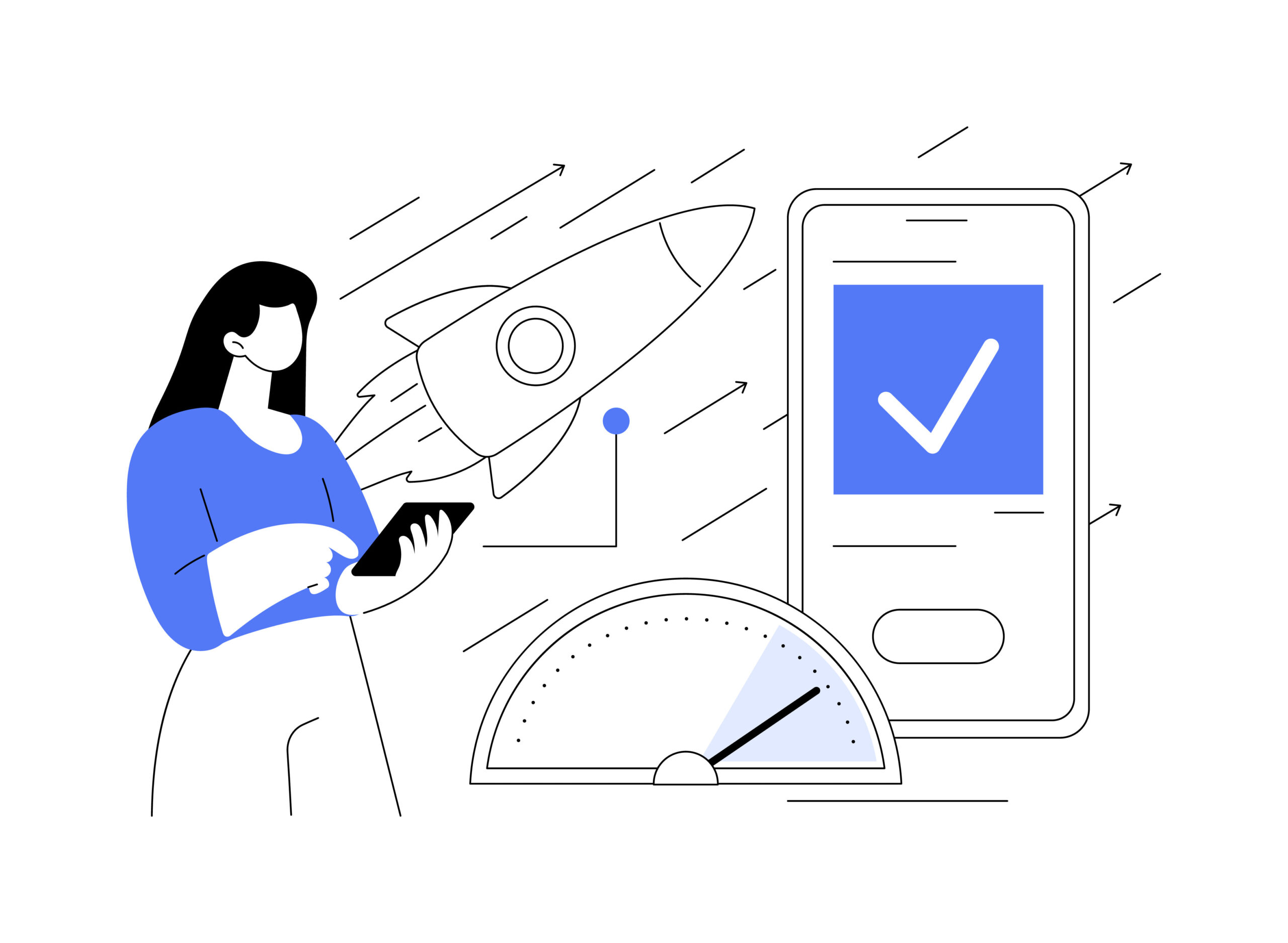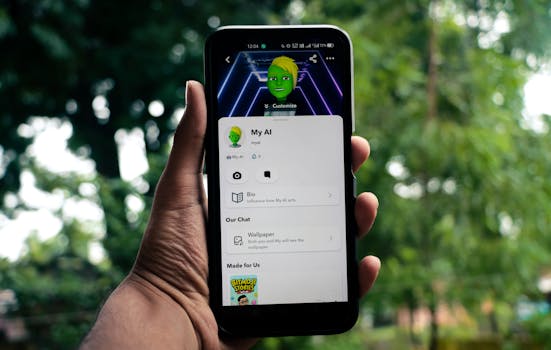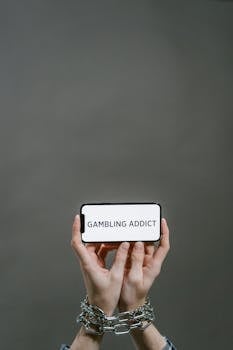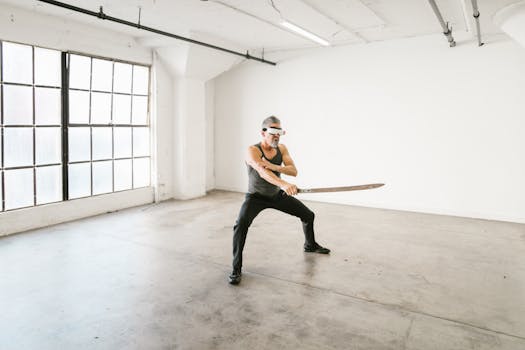Mobile Games and Esports
Why Fortnite Creative Mode Is Changing Game Development Forever
Fortnite Creative Mode empowers anyone to design, test, and publish unique games, evolving development from solo efforts to vibrant, collaborative communities where feedback and innovation thrive.
Anúncios
Few tools have redefined how people experiment with gaming like the suite of features tucked inside Fortnite Creative Mode. Consider the feeling of sculpting a landscape and seeing friends transform it with their own eccentric ideas—it’s both collaboration and friendly competition linked together.
Game development used to involve teams locked away for months, even years, before anyone saw the results. Now, players jump into Fortnite Creative Mode, create a wild obstacle course in an afternoon, and publish it for millions in a flash.
By lowering the barrier for entry, Fortnite Creative Mode has altered what it means to be a creator, not just a player. Dive in to see how this tool is shaping game design for everyone, from weekend hobbyists to career developers.
Players Hack the Game Design Process One Rule at a Time
Diving into Fortnite Creative Mode means building worlds on your own terms, using rules and scripts that shift how games get made. You set the boundaries and experiment without fear.
When a player tries something new—maybe a timing challenge or strange custom event—the outcome isn’t just a win or loss. It’s a new rule that everyone can see and use or build on.
Setting Up Rapid-Iteration Loops
Players construct a miniature platformer, hit play, and instantly spot what needs fixing. They might realize, “This jump’s way too harsh,” and tweak it right there, comparing before-and-after runs with simple button presses.
No more waiting on review cycles: Revise, test, and repeat in minutes, not days. Gamers become their own focus-test group, learning design logic on the fly through practical feedback.
Each loop means more confidence. Someone who’s never coded before can iterate until their trap rooms or puzzles “just feel right”—a power that used to belong only to studio teams with endless time and resources.
Translating “What If” Ideas into Playable Demos
When curiosity sparks—”What if everyone starts with just one weapon?”—you can script it quickly in Fortnite Creative Mode. The switch from fantasy to playable reality happens in less than an hour.
This change matters because someone’s oddball suggestion in chat isn’t ignored—it becomes a feature, or a new game type altogether. Fast experimentation means more unique games emerge, surprising creators and their friends.
As these micro-games circulate, other players remix and refine them. The creative process becomes a relay race, where every sprint adds something unexpected to development.
| Creator Type | Traditional Dev Path | With Fortnite Creative Mode | Takeaway |
|---|---|---|---|
| Beginner | Steep learning, coding school | Jump in and build with templates | Accelerate learning by doing |
| Solo Developer | Limited tools, long feedback cycles | Immediate testing and sharing | Fail fast, improve faster |
| Small Teams | Risk, deadlines, resource stretches | Collaborate live, split tasks | Reduce costs, boost results |
| Fans/Players | No access to development | Make and share maps instantly | Remove gatekeepers |
| Pro Studios | Formal releases, rigid pipelines | Prototype ideas inside the platform | Spot trends and playtest early |
Community Labs Power the Next Generation of Developers
Anyone who’s published a Fortnite Creative Mode map can become a recognized designer, fuelling a pipeline where sharing and feedback come as part of the game. Real-world skills take root organically here.
The moment creators upload their levels, they unlock a global audience ready to play and critique. Instant feedback encourages quick learning and real public iteration, similar to open-source software communities.
Building Experience by Publishing Early
Creators say, “Here’s my map—tell me if the end boss is tough enough,” and watch as players race through, comment, or even livestream their sessions. This loop sharpens technical and social skills nearly every day.
Nothing is hidden behind closed doors or supervisor meetings. Constructive input hits creators within hours, helping them revise their work with specific, actionable suggestions that copy actual developer workflows.
- Publish a new map to test interest and draw players who crave innovation.
- Track analytics to learn where gamers quit or get stuck—and adjust designs to fit.
- Invite friends and strangers to play, gathering comments you can act on today.
- Join Fortnite Creative Mode Discord channels to trade tips and form design teams.
- Repeat the loop to see visible improvement without professional gatekeeping.
Creators see what works and what fails in public, providing the crash-course experience employers once demanded from studios or university programs.
Iterating in Public, Learning Beyond Textbooks
Groups test new ideas like “What if the final obstacle changes daily?” and witness how that shapes strategy and retention. This isn’t theory from a presentation—it’s daily, player-driven learning that builds real-world credentials.
Creators learn to present ideas clearly: video trailers, detailed patch notes, or quick GIFs. Each skill—the pitch, the documentation, the patch—crosses over into commercial game studios and agencies.
- Promote completed maps with shareable codes to prove your reach.
- Log user comments and backlash to build thick skin and adaptive communication.
- Analyze win/loss data to sharpen balancing across skill levels.
- Document updates publicly, boosting transparency and professional discipline.
- Treat feedback as sprint goals, not criticism, reinforcing iterative design habits.
Immersed in this world, creators assemble portfolios and teams, prepping for industry jobs and freelance gigs alike—no diploma or coaster required.
Experimentation Is the New Standard for Original Games
Creators experimenting inside Fortnite Creative Mode turn ideas into games at a breakneck pace. Permissionless design lets anyone invent genres, blend mechanics, and learn what earns attention.
Developers who once waited for funding or studio support now launch unique modes—tag battles, racing circuits, or puzzle mazes—in a single night. Each small risk is a learning and marketing opportunity.
Emergent Trends Start from Small Trials
A micro-game with wild new rules emerges: maybe a storm chases players as they solve riddles under pressure. Players see it trending, test the twist themselves, and iterate the formula for their own fans.
Friends remix elements they loved (“Let’s add a lava pit just before the finish”), spawning even more variants. Original ideas echo outward fast, rewarding quick action and unique thinking instead of safe, copycat maps.
Experimentation replaces fear. When players see successes—measured by plays or excited commentary—they understand failure is simply the path to evolution, not a reason to quit. Each risk is a valuable, shareable lesson.
Short Sprints Trump Perfectionism Every Time
Creators avoid months of tinkering. Instead, they prototype, tune, and publish live, skipping the slow build-up. “Let’s see if this twist makes the ending wild,” replaces waiting for the ‘perfect’ design.
This approach checks assumptions: Mechanics that seem fun on paper might flop or thrive once 100 players deliver honest feedback. Rapid testing proves what to double down on, and what to ditch, in real time.
The result: Creators grow bold with their ideas, stacking quick wins in public, not hidden drafts. Microreleases turn every week into a new launch cycle, just like successful streamers do with content.
Collaboration Makes Every Project Larger than One Creator
Working in Fortnite Creative Mode means no one builds alone—each project summons friends, fellow players, or even rivals with complementary skills to add flair, balance, or wild ideas.
Collaboration multiplies each map’s ambition. For example, one person scripts traps, another handles decoration, and a third manages soundtrack and effects. No single creator has to be an expert at everything.
Division of Labor Mirrors Studio Pipelines
When one team member scripts trap mechanics, another arranges scenery for mood. Conflicts—speed vs. style, clarity vs. mystery—are aired out in chat, mimicking real-life professional studios.
Planning boards or spreadsheets grow busy as teams split tasks by strength. Someone may say, “You fix the bug in checkpoint three, I’ll polish the lava hazard visuals.” Each role feeds off the energy of collaboration.
Creators learn negotiation: Do you push for a challenge spike or balance for new players? Each micro-decision shapes the final product and helps everyone appreciate the give-and-take in studio work.
Ship Faster, Fail Smarter, Grow Together
Once the team agrees on a roadmap, progress speeds up. Members constantly show off updates (“Check the new sound effect!”), encourage rewrites, and fix errors together—failure and success both become shared milestones.
Mistakes pose fewer risks. Burning out after a tough launch simply means shifting roles or exploring a new idea as a group. No one owns the full weight of errors, making learning sustainable, not stressful.
The net result: Teams launch more projects, share more lessons, and build morale that’s rare in solo, grind-heavy workflows. Game development gains a playful, social aspect—“Let’s jump on Discord and try this fix together.”
Player Feedback Closes the Gap Between Idea and Impact
Creators working in Fortnite Creative Mode get player reactions instantly. Each thumbs-up, rage-quit, or stream highlight tells you what matters and where to iterate. Feedback loops now run hourly, not monthly.
This input isn’t vague praise or harsh criticism—real players say, “Checkpoint four took me five tries,” or “That trap made me laugh.” Every comment is a usable clue for the next revision.
Data Analytics Replace Gut Instincts
Creators read server logs to identify heatmaps: “Players always miss this turn,” signals a tweak opportunity. Graphs and charts offer honest proof, replacing developer hunches with pattern-backed answers.
Sometimes the crowd subverts the intended goal. Players use launchpads in ways the designer never predicted, sparking an emergency fix or, better yet, a featured map update.
Numbers give confidence—and inspiration—for the next experimental leap. Logical tweaks replace guesswork, making even first-time creators more objective and effective.
Livestreams and Community Voting Drive Iteration
Creators host livestreams to watch player reactions, catch bugs, and spot memes that could build culture (“Everyone keeps jumping onto the statue’s hat—let’s add a secret reward there”).
Community polls let fans vote on what gets built next: “Want racing or puzzles?” This expands co-ownership and motivates the creator to build what excites others, not just themselves.
Laughter, frustration, and viral clips turn into building blocks for maps that feel alive, fresh, and uniquely player-driven, where even inside jokes shape the official final version.
Marketplaces Turn Side Projects into Real Opportunities
Some creators start by tinkering for fun, but new Fortnite Creative Mode features quickly let them monetize. Earning revenue transforms this hobby into a side gig or career without requiring publisher deals or industry clout.
Epic Games’ revenue options mean maps aren’t just passion projects. They become dynamic products that developers refine for both user engagement and financial viability, learning about retention, loyalty, and business.
Publishing for Profit: Growing Skills and Networks
Creators earn real-world money from custom maps, learning business basics: how to attract and maintain an audience, schedule frequent updates, and price user upgrades or perks sensibly.
Building a loyal following comes down to sharing codes on social media and nurturing a consistent style. “Check out our new desert race map—here’s the link!” becomes both marketing and networking in one move.
Revenue drives further innovation. Once creators see even a small return, they’re motivated to polish details, add levels, or bundle content, mirroring mobile gaming best practices.
Portfolio-Quality Projects Lead to Bigger Roles
Designers assemble showreels with published maps, analytics dashboards, and testimonials. Studios notice creators’ published work, data-driven insights, and ability to grow real communities.
Case study: A creator with 200,000 map plays and a clear feedback-reporting process lands freelance gigs or internships. No resume fluff—just proof. “I improved player retention by X percent,” replaces awkward interviews.
Each project is a living reference. Future employers or collaborators scan featured maps—seeing not promises, but work that’s already found success in the wild world of Fortnite Creative Mode.
Game Development Culture Now Starts in Playgrounds
Anyone can become a creator with Fortnite Creative Mode—testing out map ideas, collaborating with friends, and learning from player reactions. Each design, big or small, adds to a global portfolio.
Game studios, universities, and solo developers all watch as this playground breeds innovation. Instead of secretive R&D labs, real breakthroughs bubble up in community hubs and viral racing maps.
The path to industry work is no longer gatekept. Real skill, audience fun, and market acumen all begin where people play and share, not just where professionals huddle in studios. The best ideas now surface everywhere.
Em Alta

Conheça os aplicativos para limpar a galeria sem estresse!
Descubra o melhor app para limpar a galeria e liberar espaço no celular com praticidade, segurança e sem excluir suas fotos importantes.
Continue lendo



